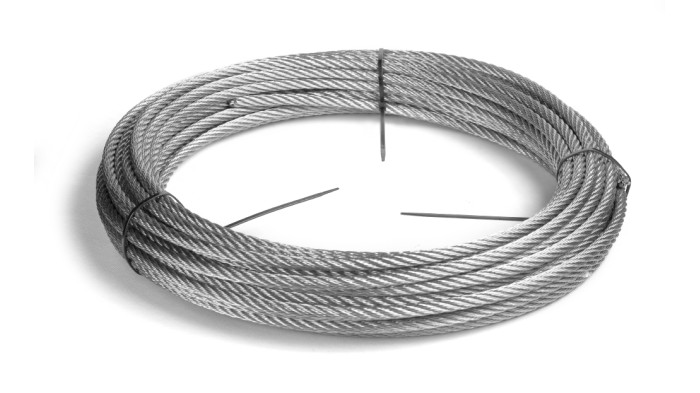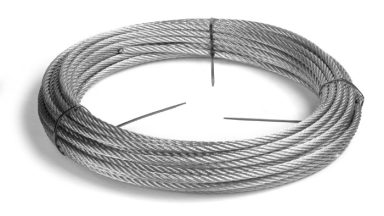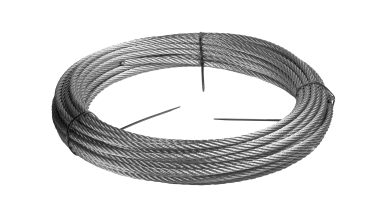Key Differences Between Stainless Steel Cables 304 and 316 Explained
This article outlines the key differences between stainless steel cables 304 and 316, two commonly used types of stainless steel in various projects.

Key Differences Between Stainless Steel Cables 304 and 316 Explained
When choosing a stainless steel cable for your project, whether it's for construction, decoration, or even marine applications, understanding the differences between types 304 and 316 is essential. This guide will help you make an informed choice.
Introduction to Types of Stainless Steel Cables
Stainless steel cable is a versatile and durable element used in many applications. There are mainly two types of stainless steel cables - 304 and 316 - each with specific properties and applications. Understanding these differences is crucial to choosing the most suitable cable for your needs. For more information on the general uses of stainless steel cable, check out this detailed article.
Stainless Steel Cable 304: The Economical Choice
Stainless steel cable 304 is the most commonly used type. It offers an excellent balance between corrosion resistance and cost. It's the ideal choice for indoor applications or where corrosion resistance is not an absolute priority. Stainless steel cable 304 is often used in the construction of railings, interior architecture, and various DIY projects.
Stainless Steel Cable 316: The Solution for Demanding Environments
Stainless steel cable 316, on the other hand, offers better corrosion resistance, especially in the presence of chlorides. Therefore, it is particularly suited for marine environments or chlorinated areas like pool borders or coastal zones. Although more expensive, stainless steel cable 316 is a wise investment for applications exposed to the elements.
How to Make the Right Choice?
To decide which type of stainless steel cable is most suitable for your project, consider the environment of use. If your project is located outdoors or near salt water, stainless steel cable 316 is highly recommended. For indoor installations or less exposed areas, stainless steel cable 304 is an economical and reliable option. For a more detailed analysis of factors to consider, visit our comprehensive guide on choosing the right stainless steel cable.
Conclusion
Choosing between stainless steel cable 304 and 316 depends on numerous factors, including the environment of use and budget. By understanding the unique properties of each type, you will be better equipped to make a choice that ensures both durability and performance of your installation.
Ces articles pourraient aussi vous intéresser
Tout Savoir sur les Câbles Inox : Types, Diamètres et Applications Dans le vaste univers de la construction et de la rénovation, le câble inox se distingue par sa polyvalence et sa résistance. Utilisé dans une multitude d'application

Durability and Recyclability of Stainless Steel Cable: An Eco-Friendly Choice
Discover how stainless steel cable stands out as a sustainable and eco-friendly choice. This article covers its durability, environmentally friendly production process, and full recyclability, highlighting why stainless steel cable is a preferred choice for green projects.


